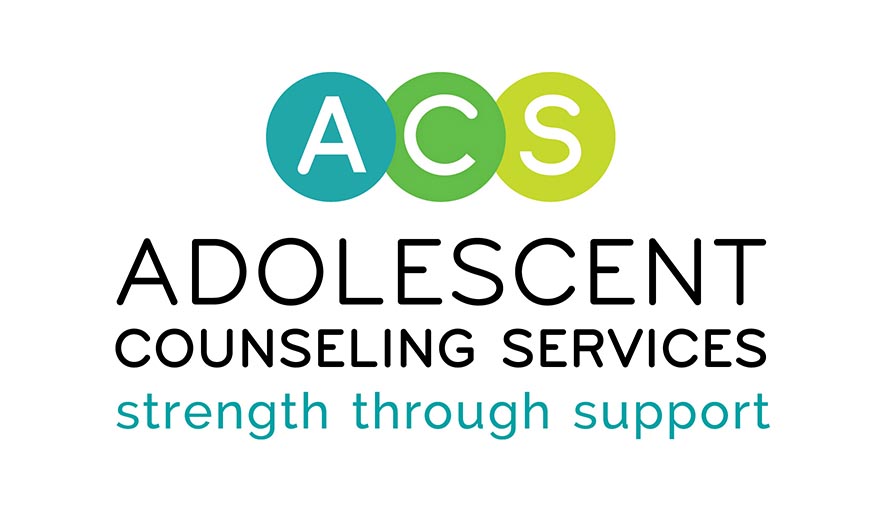
Understanding Family Conflict and Learning How to Find Peace
Written By: Tarra Symons, AMFT at ACS, On-Campus Counseling Program
What comes to mind
for you when you hear the phrase “family conflict?” Do you think of words like friction, strife, hostility, frustration, falling-out, and shouting? These are all possibilities, but these approaches to managing disagreements within a family make finding resolutions very challenging. Developing a better understanding about individual family members’ needs and how to manage disagreements when they arise are important goals in managing family conflict.
Something to remember is that all families experience conflict at some point in time. It is expected that, as unique individuals with our own thoughts, beliefs, values and ideas, we won’t always be on the same page as other family members. The most upsetting conflicts that we experience tend to be with family members, as they are the people we are closest to and in whom we have the greatest emotional investment. When we find ourselves in disagreement with our parent, child, sibling, or extended family relative, it can catch us offguard, as we have an expectation that they understand us and our needs. Again, experiencing occasional conflict is a typical part of being in a family. The trick is to figure out how to manage these situations, as prolonged conflict is both stressful and damaging to the relationships that are significant to us.
Common Causes of Family Conflict
Differences in our beliefs, values and ideas compared to other family members can be a source of conflict. For example, parents and their teenage children may have very different ideas about socializing with friends and curfews. From the parent’s perspective, a curfew helps them ensure the safety of their child, but the teenager may only see that they want to stay out later and continue to have fun with their friends. Such a situation can lead to arguments with both parties feeling the other is being unreasonable. In this situation, both parties are reacting to different needs, and I will come back to identifying underlying needs of individuals in conflict later.
Other sources of family conflict may include the process of a child becoming an adult, parental difficulties such as separation or divorce, long commutes to work, loss of employment, rivalry between siblings, different styles of parental discipline, health conditions, parental or teen substance use, and moving to a new home. One or more of these challenges may be familiar to you, and you might be experiencing a conflict in your family that is based on a different situation. The overall impact will likely be the same, in that the situation is stressful and it’s hard to figure out what to do. It might be helpful at this point to address the idea of underlying needs, and how when these underlying needs are not met, conflict can result.
What are underlying needs?
Simply put, underlying needs are the basic human needs that are important for our physical, emotional, intellectual, and social well-being. More specifically, the fulfillment of our needs for sustenance (food, water, shelter); emotional and physical safety; to feel loved and supported; to be understood and respected; to have a sense of belonging, connection and acceptance; to experience the rights of choice and freedom; and to have a sense of purpose and meaning in life. If we consider the relevance of these underlying needs to the conflict we are experiencing, it can open a door to understanding the conflict at a deeper level and aid in identifying a path toward resolution.
If we think of the example of the parent and their teenager who are having a disagreement regarding socializing, we can identify the underlying needs of both the parent and their child. For the parent, their underlying need might be to ensure the safety of, and to maintain a sense of connection with, their child. For the teenager, their underlying need may be to have a sense of autonomy and to engage in activities that support their self-expression (for example, dancing). At this point, with the identification of underlying needs, creative solutions can be found. So, how do we find creative solutions? Thankfully, a number of possibilities exist, but this process can take practice, and patience. So, let’s review some strategies that have been shown to support finding resolutions to the conflicts that can arise.
Finding resolutions
First, consider both these situations, and decide which person you would find easier to talk with. Person 1 is sitting back in their chair with their arms folded across their chest, has a scowl on their face, is looking directly at you, and is talking in very loud voice. Person 2 is sitting upright in their chair, arms resting at their side with hands in their lap, has a relaxed facial expression, is looking directly at you, and speaks with a calm and gentle tone. Who would you pick? The message here is that most of our communication is non-verbal, and in trying to resolve conflicts, it is important to pay attention to both our own and others’ non-verbal cues.
Second, how do you communicate? Do you utilize a “we’ll do it my way” approach? Perhaps a “we’ll do it your way approach”? Alternatives may include finding a middle ground, where partial satisfaction is agreeable to both, or a collaborative approach can be used where issues are discussed, a range of solutions discovered, and a solution is selected that fulfills the needs of everyone.
Third, it is important to find ways to manage our emotions when in conflict. When we find ourselves in a disagreement, we can begin to feel angry with the person, instead of the situation, and this may escalate the conflict. We may also be too angry to listen to the other person, and misunderstand what they are saying. It may be that being silent or walking away until we have cooled off is the best strategy we can use, until we feel calm enough to share our perspective.
Using active listening skills to better understand the situation can be very helpful in finding that resolution. Active listening involves showing interest and asking questions for more information, clarifying what we think we understand, checking that we understand what the other person is feeling, summarizing the situation, and validating the thoughts and feelings of the other person (this does not necessarily mean agreeing with their perspective, but having a better understanding of their position). Ultimately this is teamwork, and supports being able to find a solution together.
Another helpful way to manage disagreements and resolve conflicts is to use the Perspective Triangle Strategy. The approach is simple and uses three steps: i) consider your own perspective, and reflect on why you are feeling upset about the situation; ii) consider the perspective of the other person, essentially, put yourself in the other person’s shoes, and reflect on why they are feeling upset; and iii) imagine you are a spectator of the conflict, and what do you see in your own behavior and perspective? Do you notice differences in your opinion by being in the other person’s shoes or by being a spectator? This strategy can be helpful in providing insights into the conflict, and illuminating in discovering a resolution.
Finding peace in our existence within our family, provides a sense of security and well-being with those we hold dear. When conflict arises, it threatens that sense of security. It is unfortunate that we can’t necessarily control when difficulties with our family will arise, but we can arm ourselves with skills that help us find resolutions and restore peace.
Resources and helpful websites:
- https://www.betterhealth.vic.gov.au/health/HealthyLiving/family-conflict#
- https://www.psychologytoday.com/us/blog/turning-point/201506/3-steps-resolving-conflict-within-your-family
- https://www.verywellmind.com/family-conflict-resolution-solutions-3144540
- https://www.livestrong.com/article/91391-causes-family-conflict/
- https://au.reachout.com/articles/conflict-with-family
- https://www.beyondintractability.org/coreknowledge/family-conflict
- http://www.goodchoicesgoodlife.org/choices-for-better-parenting/managing-family-conflict/
- https://curiosity.com/topics/strong-sibling-relationships-can-counteract-family-conflict-curiosity/
- http://www.schooltools.info/?gclid=EAIaIQobChMI0ZyH88Ds3gIVnf_jBx1PHgAzEAMYAyAAEgKfwfD_BwE
